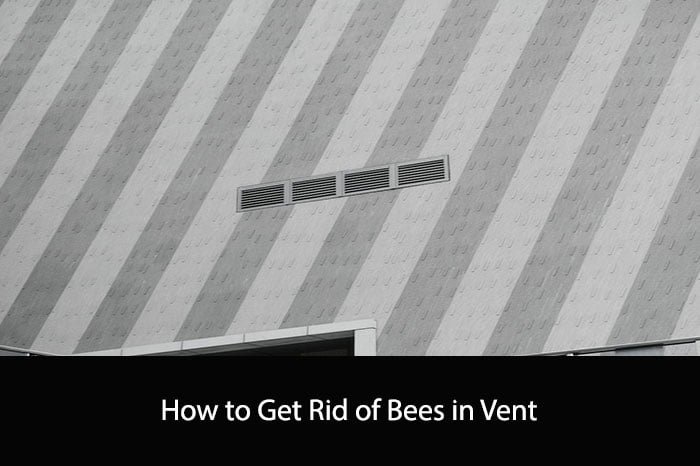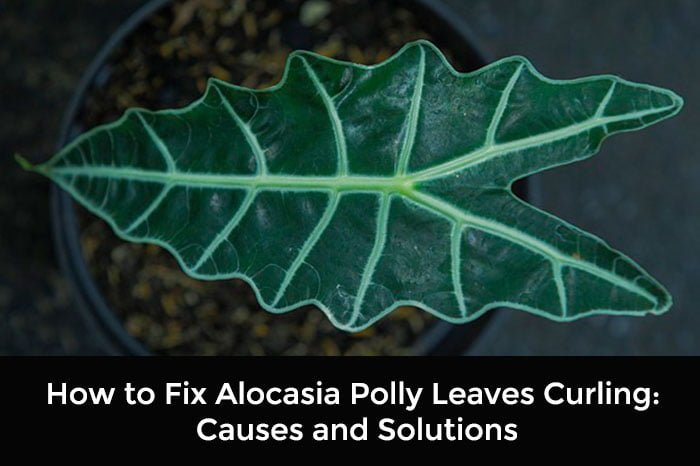Getting rid of bees in your vents can be a daunting task, but it’s important to take action as soon as possible to prevent further damage to your home and potential harm to your family. Bees can create nests in vents, causing blockages and potential fire hazards. Additionally, bee stings can be dangerous for those who are allergic.
The first step in getting rid of bees in your vents is to identify the location of the nest. This can be done by listening for buzzing sounds or observing bees entering and exiting the vent. Once you have located the nest, it’s important to determine the size of the infestation and whether or not it’s safe to remove on your own. If the infestation is large or you are unsure of how to safely remove the bees, it’s best to contact a professional pest control service.
If you choose to remove the bees on your own, it’s important to wear protective clothing and use caution. You can use insecticide dust or spray to kill the bees, but be sure to follow the instructions carefully and avoid spraying too much, as this can cause the bees to become agitated and attack. After the bees have been eliminated, it’s important to remove the nest and clean the vent thoroughly to prevent future infestations.

Understanding Bee Behavior
Recognizing Bee Infestation
When dealing with bees in your vents, it is important to first recognize the signs of an infestation. Some common signs of a bee infestation include:
- A large number of bees flying around the vent area
- Honey or wax buildup around the vent
- Strange buzzing noises coming from the vent
- A strong sweet smell coming from the vent
If you notice any of these signs, it is important to take action quickly to prevent the infestation from getting worse.
Bee Species and Vent Preference
Different species of bees have different preferences when it comes to nesting locations. Some species prefer to nest in trees or on the ground, while others prefer to nest in man-made structures like vents.
The most common species of bees that nest in vents are honey bees and bumblebees. Honey bees prefer to nest in hollow spaces like vents, while bumblebees prefer to nest in loose insulation or other soft materials.
It is important to identify the species of bee that is nesting in your vent, as this will help determine the best course of action for removal. It is also important to note that bees are a vital part of our ecosystem, so it is important to try to remove them safely whenever possible.
Safety Measures
Protective Clothing
When dealing with bees in a vent, it is important to wear protective clothing to avoid getting stung. We recommend wearing a full suit with a veil, gloves, and boots. This will protect your entire body from bee stings.
Additionally, we recommend wearing light-colored clothing as bees are attracted to dark colors. If possible, avoid wearing perfumes or colognes as these can also attract bees.
Evacuation and Isolation
If the bees in the vent are causing a significant problem, we recommend evacuating the area and isolating it to prevent anyone from accidentally stumbling upon the bees.
If possible, close off all entrances to the area and post warning signs to prevent people from entering. If the bees are in a residential area, inform the neighbors of the situation so they can also take precautions.
It is important to remember that bees are vital to our ecosystem and should not be harmed unless absolutely necessary. We recommend contacting a professional bee removal service to safely relocate the bees.
Professional Assistance
If you have tried all the DIY methods and still have bees in your vents, it’s time to call in the professionals. Bee removal can be a dangerous and complicated process, and it’s best left to the experts.
When to Call Professionals
If you have a large colony of bees in your vents, it’s best to call professionals immediately. Attempting to remove the bees on your own could result in serious injury or damage to your home. Additionally, if you or anyone in your household is allergic to bee stings, it’s important to call professionals right away.
Choosing a Bee Removal Service
When choosing a bee removal service, it’s important to do your research. Look for a company that is licensed and insured, and has experience removing bees from vents. Ask for referrals from friends and family, or check online reviews to find a reputable company.
Here are some things to consider when choosing a bee removal service:
- Licensing and insurance: Make sure the company is licensed and insured to protect yourself and your property.
- Experience: Look for a company with experience removing bees from vents.
- Methods: Ask about the methods the company uses to remove the bees. Make sure they are humane and safe for the bees.
- Cost: Get a quote for the removal and make sure it fits within your budget.
Once you have chosen a bee removal service, make sure to follow their instructions carefully. This will help ensure a safe and successful removal of the bees from your vents.

DIY Bee Removal
If you have bees in your vent, you may be wondering what you can do to remove them. While it’s always best to call a professional, there are some DIY methods you can try if you’re confident and knowledgeable about bee removal.
Using Bee Sprays
One option for removing bees from your vent is to use bee sprays. These sprays are designed to kill bees and other insects on contact. You can find bee sprays at most hardware stores or online.
To use a bee spray, follow these steps:
- Locate the vent where the bees are nesting.
- Stand at a safe distance away from the vent.
- Point the spray nozzle towards the vent.
- Spray the bee spray into the vent, making sure to cover the entire area.
- Wait for the bees to die.
It’s important to note that bee sprays can be harmful to humans and pets, so be sure to wear protective clothing and keep children and animals away from the area.
Home Remedies for Bee Removal
Another option for removing bees from your vent is to use home remedies. These remedies are often less harmful to humans and pets than bee sprays, but they may not be as effective.
Here are a few home remedies you can try:
- Smoke: Smoke can be used to calm bees and make them less aggressive. You can use a smoker or simply light some paper and hold it near the vent.
- Vinegar: Vinegar can be used to repel bees. Mix equal parts vinegar and water in a spray bottle and spray it around the vent.
- Soap and water: Mix soap and water in a spray bottle and spray it into the vent. The soap will suffocate the bees.
Again, it’s important to note that these home remedies may not be as effective as bee sprays, and they may not completely remove the bees from your vent. If you’re unsure about how to remove bees from your vent, it’s always best to call a professional.
Vent Maintenance
Regular Inspection
Regular inspection of your vents is essential in keeping bees out of your home. Inspect your vents at least twice a year, once in the spring and once in the fall. During these inspections, check for any signs of bees or other pests. Look for any cracks or holes in the vents that could be used as entry points. If you notice any signs of bees or other pests, take immediate action to get rid of them.
Sealing Off Vents
Sealing off vents is an effective way to prevent bees from getting into your home. Use caulk or foam to seal off any cracks or holes in your vents. Make sure to use a high-quality sealant that will withstand the elements. If you have a large number of vents, consider hiring a professional to help you seal them off.
Regular vent maintenance is crucial in preventing bees from getting into your home. By inspecting your vents regularly and sealing off any cracks or holes, you can keep your home bee-free.
Post Removal Process
Cleaning the Vent
Once we have successfully removed the bees from the vent, it is important to thoroughly clean the area to prevent any remaining bees or larvae from causing further damage. We recommend using a vacuum cleaner with a hose attachment to remove any dead bees or debris from the vent. It is important to wear protective clothing and a mask to avoid getting stung or inhaling any harmful particles.
After vacuuming, we recommend using a mixture of soap and water to clean the inside of the vent. This will help remove any remaining pheromones that may attract other bees to the area. Be sure to rinse the vent thoroughly with water and allow it to dry completely before replacing the vent cover.
Preventing Future Infestations
To prevent future bee infestations in the vent, we recommend sealing any gaps or cracks in the vent cover or surrounding area. This can be done using caulk or foam insulation. It is also important to regularly inspect the vent and surrounding area for any signs of bees or other pests.
Another effective preventative measure is to install a vent cover with fine mesh screening. This will prevent bees from entering the vent while still allowing air to flow freely. Additionally, keeping the area around the vent clean and free of debris will help deter bees from nesting in the area.
By following these post-removal steps, we can ensure that the vent is clean and properly sealed to prevent future bee infestations.

Frequently Asked Questions
How can I safely remove a bee nest from my roof?
Removing a bee nest from your roof can be dangerous and should be done by a professional. We recommend contacting a licensed pest control company to safely remove the nest.
What are some effective home remedies for getting rid of bees?
While there are many home remedies that claim to be effective, we do not recommend attempting to remove a bee nest on your own. Using improper methods or products can be dangerous and may not be effective in removing the nest.
How can I prevent bees from entering my bathroom vent?
To prevent bees from entering your bathroom vent, you can install a vent cover or screen. Be sure to choose a cover or screen with small enough holes to prevent bees from entering, but large enough to allow proper ventilation.
What is the best way to remove bees from an overhang?
Removing bees from an overhang can be dangerous and should be done by a professional. We recommend contacting a licensed pest control company to safely remove the bees.
How can I seal a hole in my house to prevent bees from entering?
To seal a hole in your house to prevent bees from entering, you can use caulk or expanding foam. Be sure to choose a product that is appropriate for the type of material you are sealing and follow the manufacturer’s instructions.
What are some humane ways to remove a bee nest without killing the bees?
We recommend contacting a licensed beekeeper to safely remove the nest and relocate the bees. Beekeepers have the knowledge and equipment to safely remove the nest and relocate the bees without harming them.





